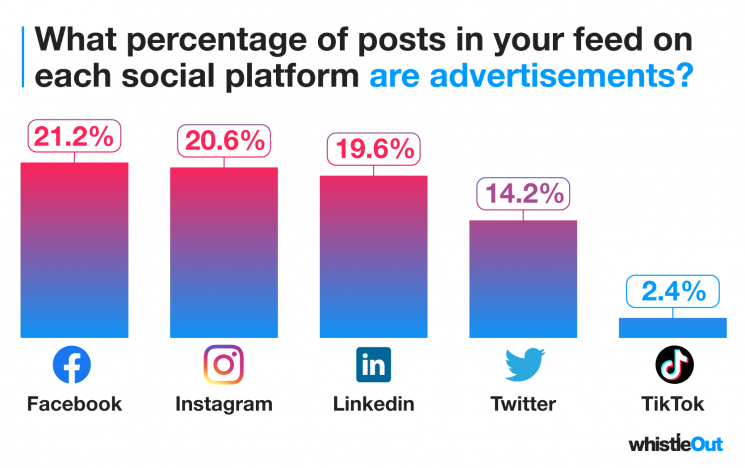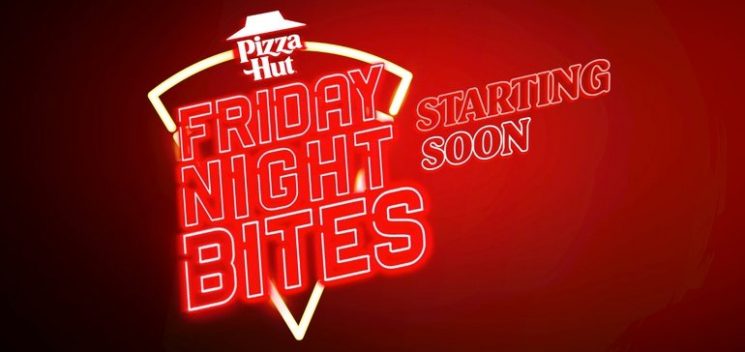6 marketing trends to look out for in 2021
By: Ben Johnsen, Vice President of Strategy & Planning
From the demise of the third party tracking pixel to the rise of live streaming and frictionless shopping, here are six marketing trends we expect to see in 2021.
1. Tracking pixels are so last year
In 2020, Google confirmed their goal of phasing out third-party tracking pixels (a.k.a cookies) on the Chrome browser within two years, in a quest for a “more private web” for users. That makes 2021 the year that web marketers need to transition to ad strategies that don’t depend on controversial cookies to reach their desired audiences.
This move is unlikely to slow the shift in spending toward digital formats, but it does require media buyers to develop new strategies for success. There’s no one new technique that will replace the third-party cookie. Instead, expect to see greater reliance on first party data, a demand for better contextual targeting, and media buyers making the most of publisher-direct audiences and integrations.
For this shift in sourcing of data to be successful, it will be important for all parties to have a data strategy and a willingness to participate in the democratization of data between internal and external partners (within and across platforms, clients, and agencies). This will include collaborative efforts to make data sharing more transparent, accurate, and ethical and collaborative efforts to customize how that data is used and reported in order to make it actionable.
2. From multicultural marketing to multicultural nation
Changing demographics and attitudes in the American cultural and media landscape will continue to evolve. The buying power of Asian Americans, for example, is on track to increase 32% from 2018 to 2023, to over $1,333 billion, while Hispanic spending is projected to reach $1,924 billion in the same year (a 25% increase from 2018).
What Forbes describes as “inclusive marketing” that goes beyond representation in ad creative and beyond boilerplate diversity statements is increasingly seen as a must-have. Consumers will be “demanding receipts” that brands are walking the walk and not just talking the talk.
3. Influencers go from aspirational to collaborative
A cornerstone of social media marketing, influencers have often represented highly aspirational lifestyles. But emphasis has shifted from the polished Instagram feed of old to the more spontaneous, impermanent world of Instagram Stories and TikTok’s memes commenting on memes within memes. While leveraging influencer clout can still mean engaging big names with tens of millions of followers, it can also mean working with less high-profile figures who can foster a sense of community and collaboration.
While Instagram plays catch up by adding TikTok-like Reels to their arsenal, TikTok is out in front with a highly creative feature set. According to TikTok’s own Nielsen survey data, 43% of the platform’s heavy users feel ads blend in well with the platform, in part because of the “don’t make ads, make TikToks” approach that savvy marketers are utilizing. It’s worth noting that TikTok users are seeing considerably less ads than Facebook users, for whom 21% of the feed is ad related, compared to TikTok’s 2.4% as of July 2020. As that percentage rises, marketers will have to work harder to stay on the right side of users, but the figure also reflects how “green field” the opportunity is.

Source: WhistleOut
Obviously, dance and make-up challenges won’t make sense for every brand. But there’s a significant range of possibilities on the platform, from creators like jameshenry getting transition-happy for Simmons Mattresses, to a brand like Jansport engaging muslimthicc and charismaticblackgal to create conversations around mental health with their #shareitchallenge.
4. Live streaming still has plenty of room for growth
One of 2020’s big winners, Twitch has evolved from a place where gamers watch other gamers play games to a place where podcast-style “just chatting” is now a thing and musicians can connect with fans.
At any given time, there are more than 1.6 million people watching live streams on Twitch. And the platform is in the process of being integrated into the Amazon Advertising platform for programmatic ad buys. Brands like Chipotle are finding their demographic on Twitch, going so far as to sponsor their own gaming tournament, while Pizza Hut countered with Friday Night Bites, a six episode series blending streamers and music celebs like T-Pain.
Live streams on Twitch can seem a little impenetrable to the outsider, but the in-jokes and banter are a reflection of the ability streamers have to build community and engage in two-way conversations with their audiences. Expect competition for both gamer and non-gamer eyeballs on Twitch to heat up in 2021.

Source: Twitch
5. Streaming and shopping — they just go together
Beyond gaming, live streaming is set to be a significant force in online shopping, as platforms like Instagram and TikTok vie to make their apps as shoppable as possible. Live streaming plus shoppable platforms point to a future where going “shopping” with your favorite influencer from the comfort of home is a common form of retail therapy.
Live-streamed shopping is already all the rage in China, where it makes up 9% of eCommerce sales, combining trusted influencers, a sense of community, and a frictionless shopping experience. Closer to home, Amazon launched their Amazon Live offering, streaming content on subjects like fitness, beauty, and cooking. It may lack the cool factor of checking in with an influencer on Instagram, but given Amazon’s eCommerce clout, one can only imagine that this branch of the Amazon empire will grow over time.
6. Education wrestles with online enrollment
Kiosk has a long track record of working with higher education institutions, and we’re watching the evolution of the space closely. As the global pandemic took hold, 2020 saw an abrupt shift in higher education to online learning. The consequences of this will continue to play out in 2021.
Online learning has been a boon for working adults seeking to earn graduate-level qualifications. But economic inequality can make remote education challenging for low income students, particularly undergrads, many of whom face more distraction at home, less access to devices and broadband internet, and the loss of jobs that otherwise provide some economic stability in difficult times.
Meanwhile, institutions for which campus living has been both a selling point and a significant revenue source are faced with the prospect of enrolling students with no clear timeline for when collegiate living will return to some semblance of what came before. With high school grad numbers set to peak in 2025, and then decline, institutions who lack high profile name recognition may start to struggle, while household names drastically rethink their offerings.
Expect to see more innovation around programs that are offered “live and virtual” in addition to on-demand content offerings, as we’ve seen from institutions like the Stanford Graduate School of Business in the executive education space.
The convenience and flexibility of these new formats offer opportunities to students and universities alike, to the enrichment of both academic and business goals. A properly tailored marketing and messaging strategy can promote these benefits, expand brand recognition to remote audiences to drive growth, diversify and retain student populations, and ease the student prospect journey. A mix of compelling brand associations with publishers and a focus on reaching the right audience with the right message can help to achieve those goals effectively and efficiently.
Want to learn how you can make the most of these trends? Give Kiosk a call.
